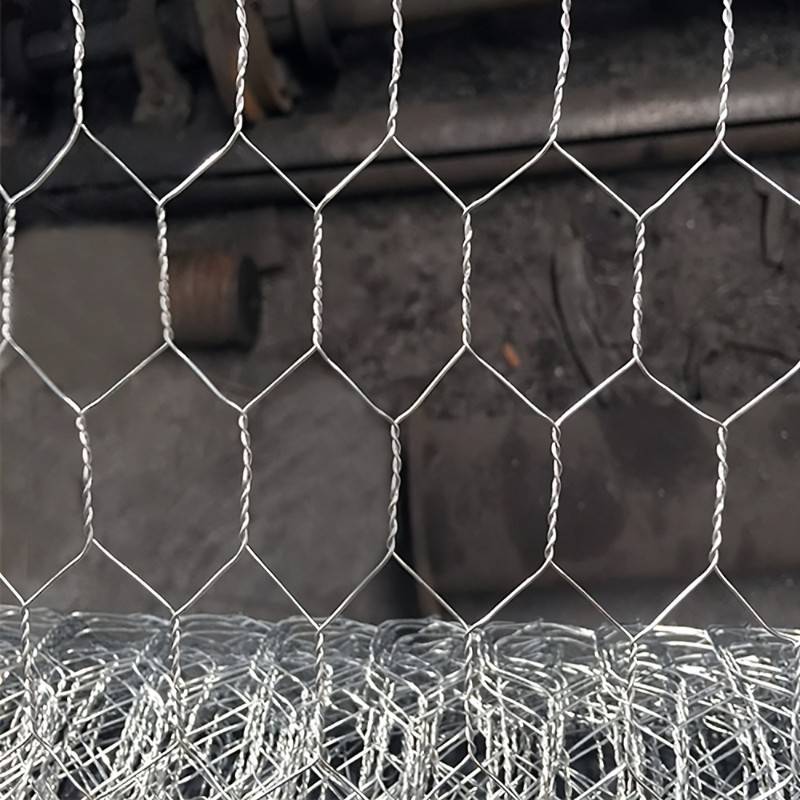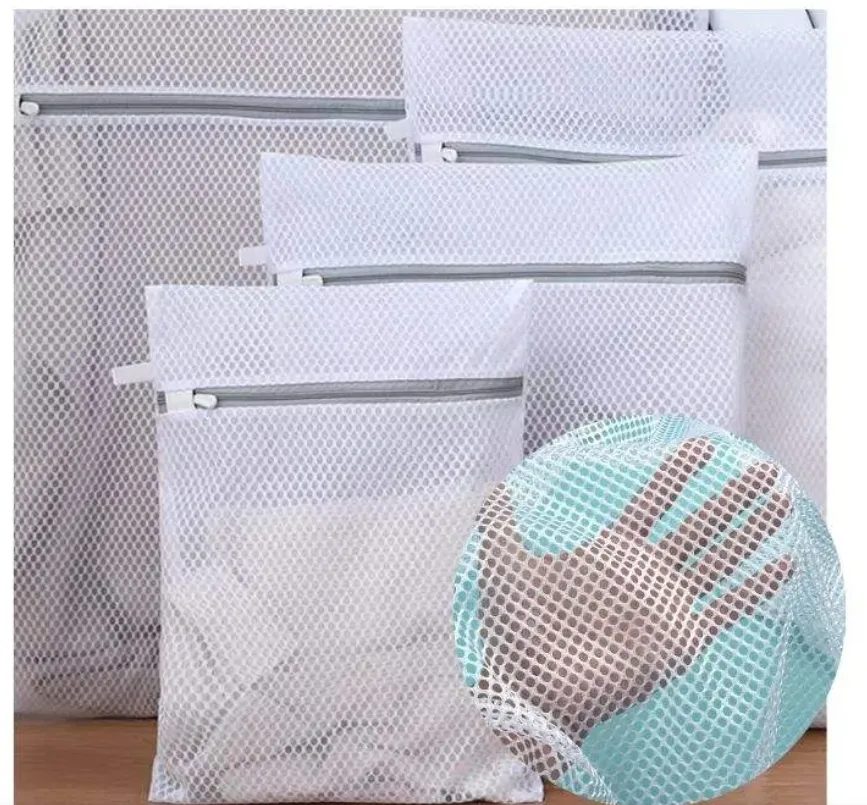Fencing wire netting, an integral component of modern agriculture, landscape design, and security systems, has evolved beyond mere utility into an essential decorative and functional element. With the rise of industrial innovation, fencing wire nets now offer enhanced durability, versatility, and aesthetic appeal, making them a preferred choice for a variety of applications.

Among the most popular uses of fencing wire net is in agricultural sectors, where it performs critical roles in protecting crops, segmenting livestock, and defining property boundaries.
Farmers increasingly rely on high-strength galvanized wire nets due to their corrosion resistance and longevity. Unlike traditional wooden fences, which require regular maintenance and are susceptible to environmental wear, wire nets offer a robust alternative that withstands the test of time.
Moreover, in urban landscapes, fencing wire netting is gaining attention for its flexibility and design potential. It is often used to create modern architectural designs, providing a blend of security and style. Landscapers and urban planners favor stainless steel wire nets for their sleek appearance and ability to act as vertical gardens or trellises for climbing plants, integrating nature into urban environments seamlessly.

In terms of security applications, fencing wire netting is unmatched. With advancements in technology, manufacturers now produce high-security mesh with anti-climb and anti-cut features, ensuring that it meets the rigorous standards required for protecting sensitive areas such as military bases, airports, and industrial zones. The addition of coatings and treatments further enhances the security mesh, making it resilient against attempts of intrusion while retaining its structural integrity over long periods.
Critically, the environmental impact of fencing wire netting is minimal, especially when opting for products made from recyclable materials. This aspect is increasingly vital for consumers and businesses aiming to reduce their ecological footprint. Many manufacturers are committed to sustainable practices, ensuring that the production and disposal of fencing wire nets do not harm the environment, thus aligning with global sustainability goals.
fencing wire net
From a consumer's perspective, selecting the appropriate type of fencing wire net involves understanding specific needs. For example, those requiring enhanced aesthetic appeal might consider PVC-coated wire nets available in various colors and textures that blend with their surroundings while providing the necessary protection. Conversely, users prioritizing strength and security might choose poly-coated or heavy-gauge steel options.
Given its versatility, investing in high-quality fencing wire netting is not only practical but also cost-effective in the long run. It reduces the need for frequent replacements and repairs, thus lowering maintenance costs and providing peace of mind knowing that assets are well-protected.
To ensure maximum performance and lifespan, proper installation is paramount. While DIY installations are common, professional services guarantee that the fencing wire netting is set up correctly, optimizing its effectiveness and durability. This step is crucial in ensuring that the investment made in fencing wire netting delivers consistent results.
The future of fencing wire netting lies in continued innovation, focusing on enhancing strength while minimizing weight, improving eco-friendliness, and expanding design possibilities. As technology advances, these nets will likely incorporate smart features such as sensors and automated alarms, further solidifying their place as indispensable components in various fields.
Choosing fencing wire netting is not just about selecting a product; it's about investing in a solution that aligns with modern needs and values, ensuring security, functionality, and aesthetic harmony.
























